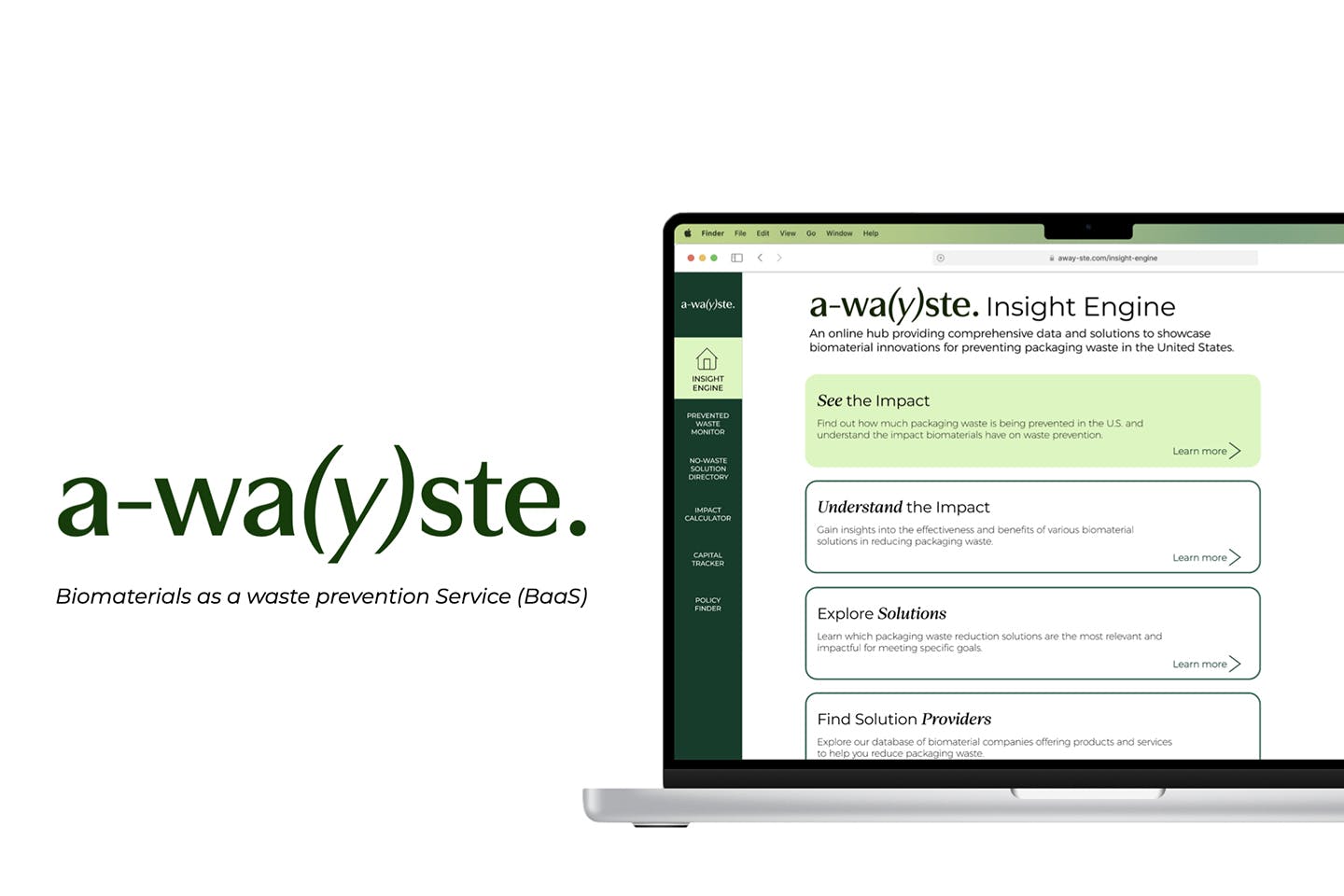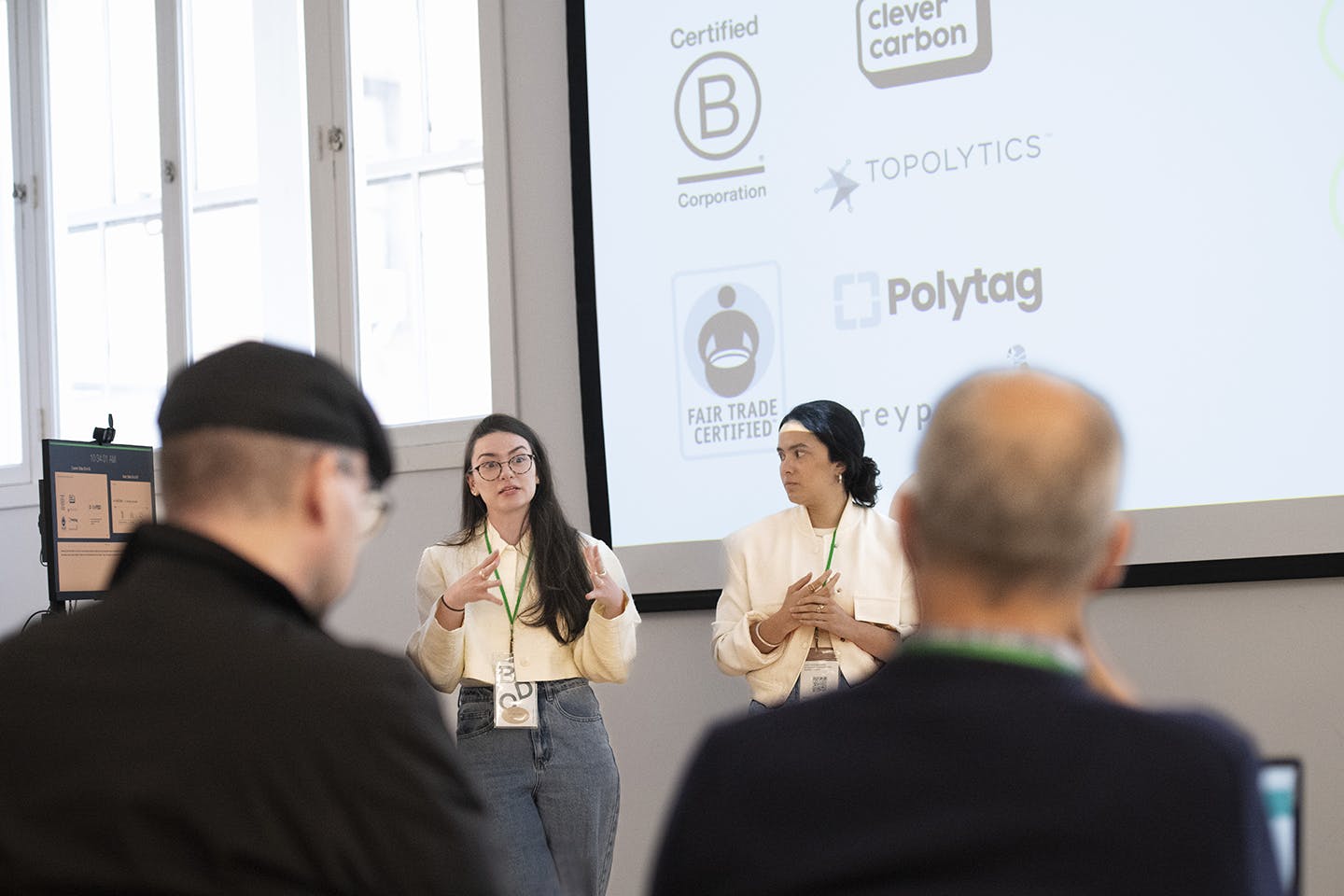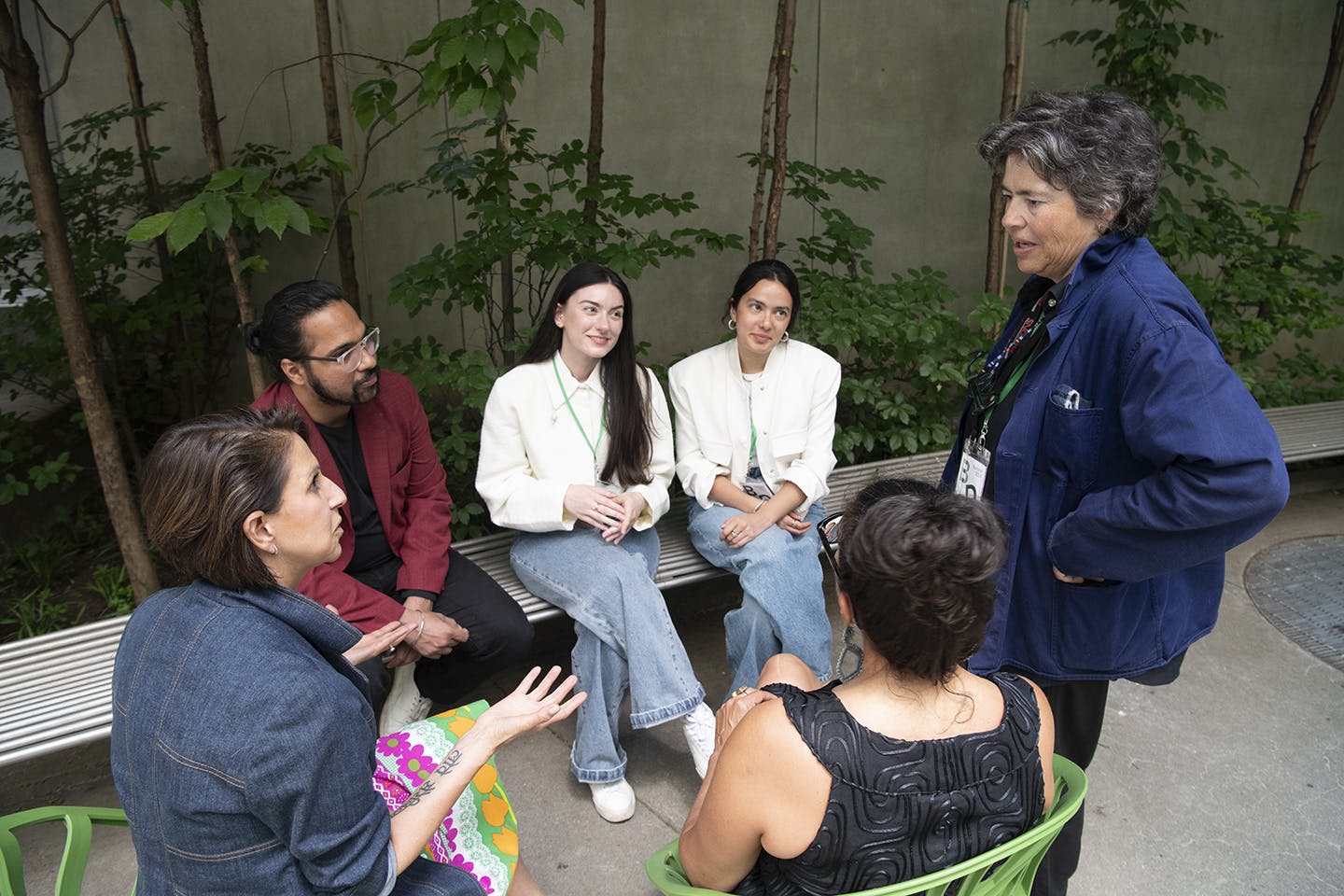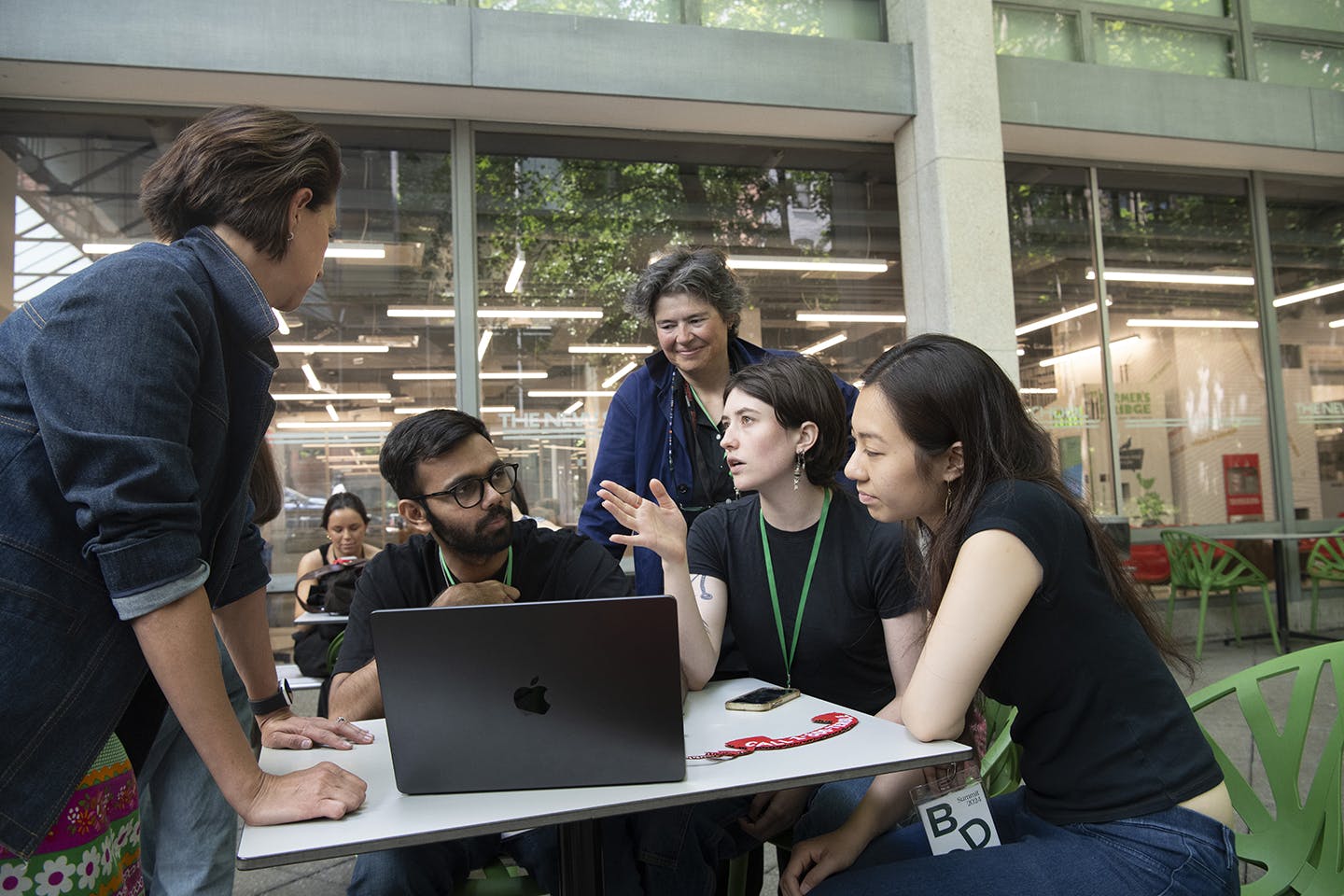Parsons has cemented its role as a leader in sustainable innovation by serving as the de facto home of the BioDesign Challenge (BDC), an international competition held each June that invites high school and college teams to New York City to tackle sustainability challenges using biotechnology.
Since the competition's launch in 2016, Parsons’ School of Art, Media, and Technology (AMT) has co-hosted and been deeply involved in the week-long event, with faculty developing curricula for it and guiding students competing in the challenge. Finalists
from schools around the globe gather to showcase their projects before sustainability practitioners in academia, industry, and art and design, along with an audience of more than 400 attendees. Winning projects have often evolved into successful businesses,
further solidifying Parsons' reputation as a hub for biodesign innovation.
The BDC was conceived by Genspace, an independent biology lab in Brooklyn, to inspire alternatives to toxic chemicals and carbon-intensive materials. The competition aims to inspire students to create and critique innovative applications of biotechnology.
Alison Irvine, a 2014 graduate of Eugene Lang College with BA degrees in Interdisciplinary Science and Theater, is a key figure behind the challenge. Now the treasurer of the BDC executive board, Irvine shared the concept with her network at Lang
and Parsons, including AMT faculty member Jane Pirone, helping to bring the competition into the fold at Parsons.
 A-wa(y)ste is a data-driven interface designed by MS Strategic Design and Management students Irmak Senyurt and Lucía Jaramillo to encourage resource conservation and bio-based solutions.
A-wa(y)ste is a data-driven interface designed by MS Strategic Design and Management students Irmak Senyurt and Lucía Jaramillo to encourage resource conservation and bio-based solutions.
When the day arrived for the Guggenheim’s special event, which the Parsons team dubbed Float, students led adults and children in the creative workshop on the museum’s third floor. Together they sketched, prototyped, and built miniature kites that were
later whisked down the rotunda’s spiraling ramp in a joyous performance art–like procession led by students along with Jahn and Kocic.
As the workshop participants made kites, attendees in the lobby interacted with the anthropomorphic sculptures. One pair seemed to be nuzzling each other; another did battle with their beaks. A third group tipped their beaks when museumgoers approached
and seemed to kneel reverentially before them. The sculptures called to mind interactions typical of art-world settings, where cozy alliances, competition, and assertions of authority abound.
 Senyurt and Jaramillo present their project at the 2024 Biodesign Challenge conference hosted at Parsons.
Senyurt and Jaramillo present their project at the 2024 Biodesign Challenge conference hosted at Parsons. “A lot of successful work comes directly out of the BDC,” Sareen says, pointing to TômTex as a notable example. TômTex is a bio-based fabric developed by MFA Textiles graduate Uyen Tran ’21, who received acclaim for the concept at the 2020 BDC and launched
a namesake company the same year, while still in school. Whether competition alumni pursue jobs or develop enterprises focusing on biotechnology, Pirone says, “they have formed professional relationships and a community of practice. And our longtime
relationship with the BDC allows us to stay closely connected to this community and engages us in ongoing education and capacity building, so that everybody can continue to thrive.” Professor Katayoun Chamany, a geneticist and cell biologist who leads
Eugene Lang College’s Interdisciplinary Science program and works with AMT to support its BDC partnership, has even created curriculum modules that BDC organizers make available to participants.
 Faculty members Carolina Obregon, Harpreet Sareen, Jane Pirone, and Katayoun Chamany meet with Senyurt and Jaramillo after the two students presented A-wa(y)ste at this year’s Biodesign Challenge.
Faculty members Carolina Obregon, Harpreet Sareen, Jane Pirone, and Katayoun Chamany meet with Senyurt and Jaramillo after the two students presented A-wa(y)ste at this year’s Biodesign Challenge. “When you think of the word biodesign, medicine, engineering, and behavioral science may come to mind, but there is no one definition for it,” Sareen says. “We are helping to crystallize its meaning, with an emphasis on design and criticality.”
 MFA Transdisciplinary Design students Parth Patel and Cherilyn Tan, along with BA/FA student Gretel Dougherty (BA Interdisciplinary Science/BFA Design and Technology) discuss with faculty members Carolina Obregon and Jane Prione their entry in the competition’s category for projects reflecting critically on biodesign.
MFA Transdisciplinary Design students Parth Patel and Cherilyn Tan, along with BA/FA student Gretel Dougherty (BA Interdisciplinary Science/BFA Design and Technology) discuss with faculty members Carolina Obregon and Jane Prione their entry in the competition’s category for projects reflecting critically on biodesign.